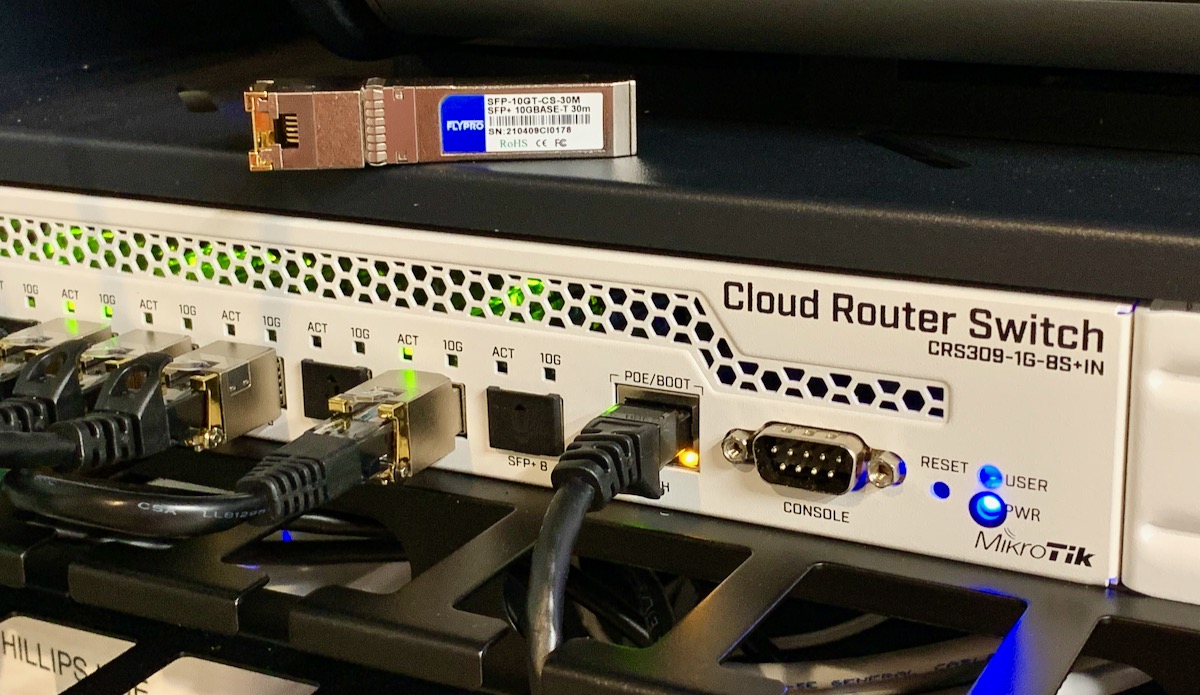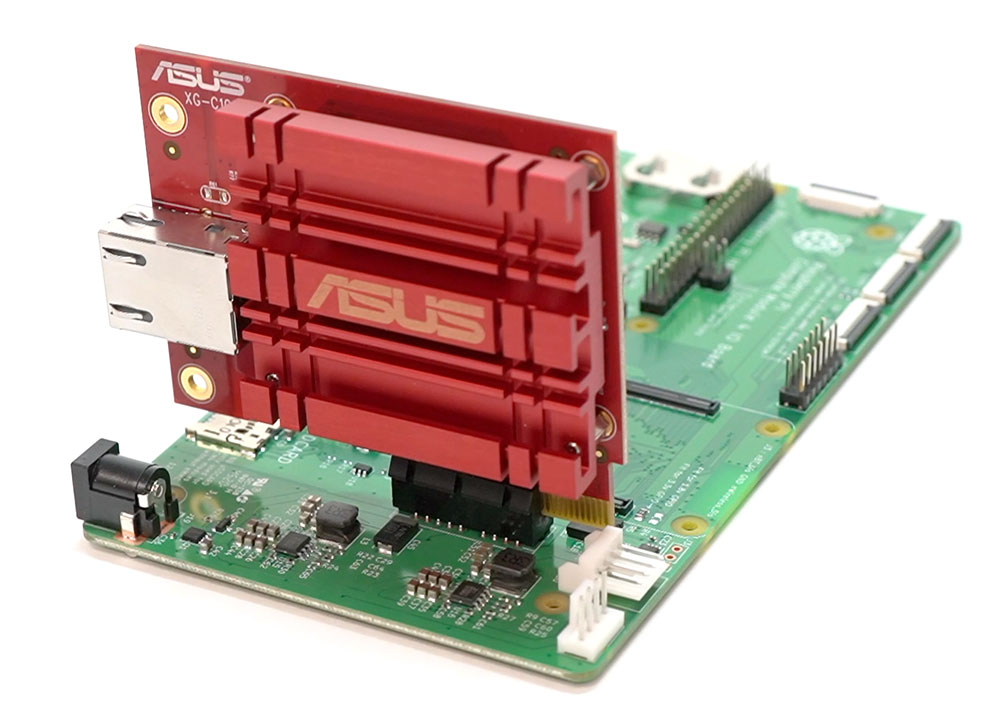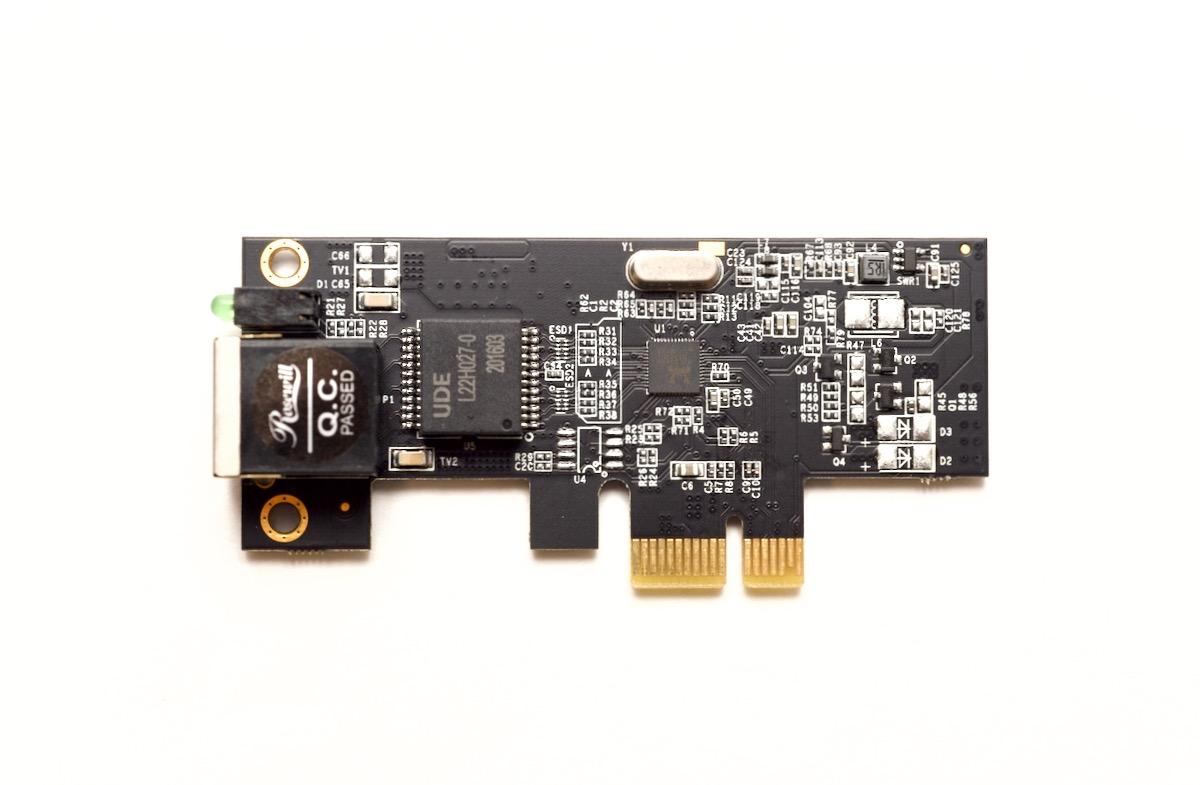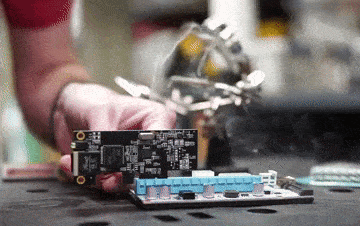Testing 10 GbE throughput on Windows - iperf3 is outdated
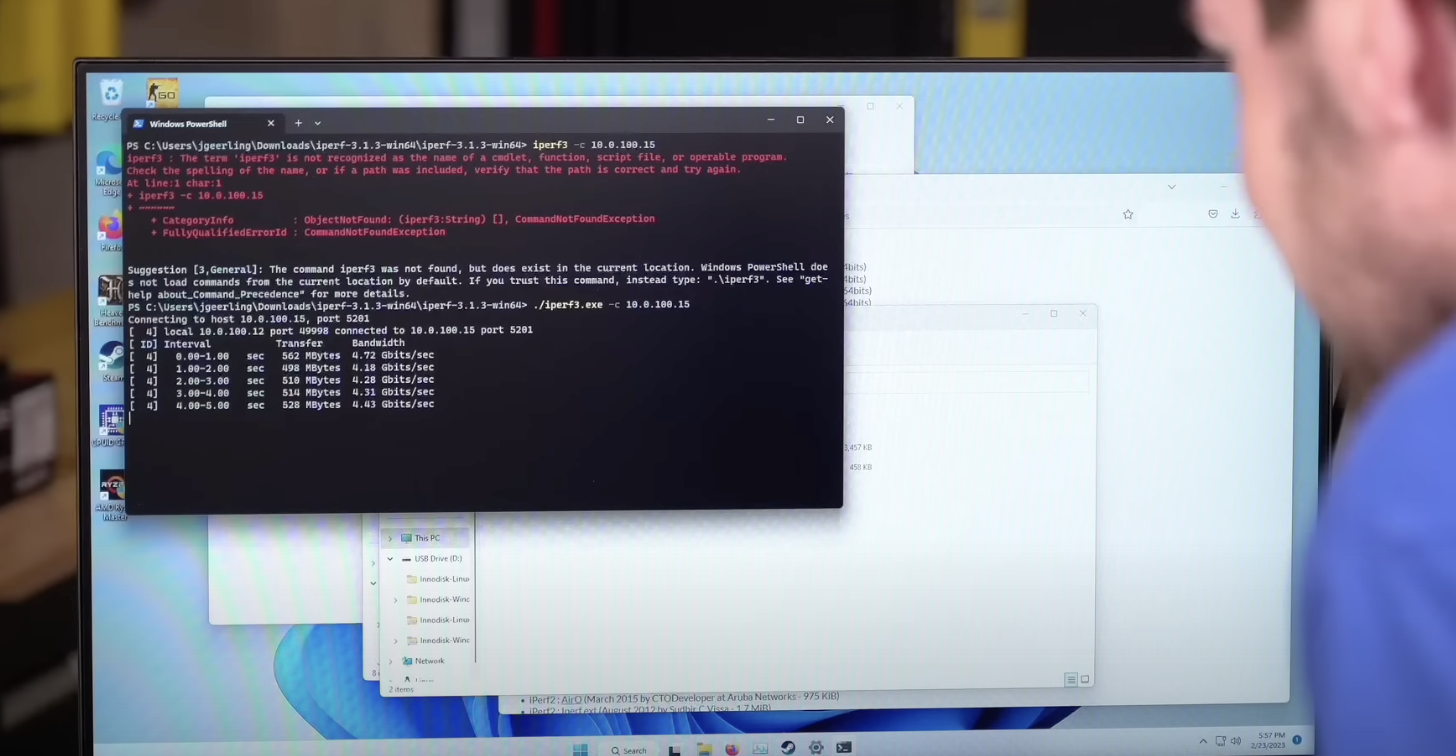
Recently I upgraded my AMD-based PC on a livestream, and I installed an Innodisk EGPL-T101 10 Gbps M.2 NIC (link to Innodisk product page).
Under Linux, I could get through 9.4 Gbps using iperf3 between the PC and my Mac Studio. But under Windows, I could only get up to about 4.5 Gbps (tested around 1h 27m into the stream)!
